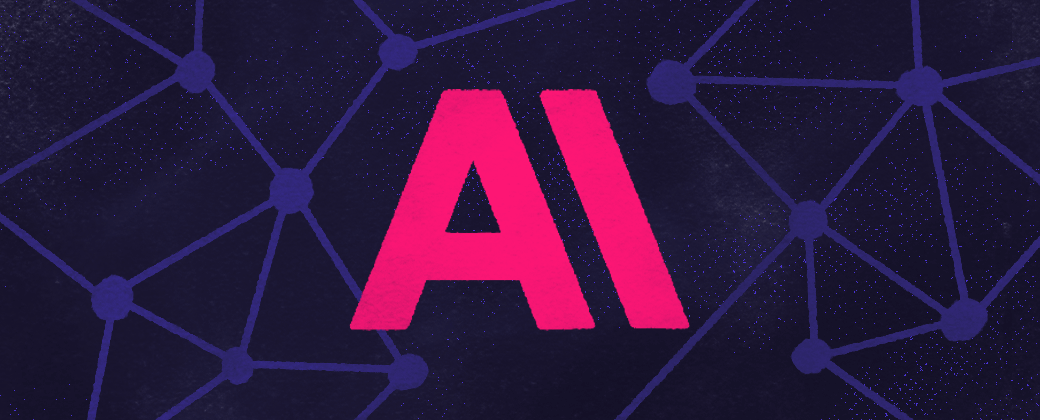These days, a lot of people are talking about ChatGPT, the AI chatbot that’s taken the world’s attention by storm. But there are alternatives on the market, and one of them is Claude AI, which is one of ChatGPT’s stronger competitors. There are key differences between the two that are worth considering, particularly in the area of token limits, costing, and AI ethics.
In this article, I’m going to demystify what Claude AI is and how it matches up to ChatGPT, including its strengths and limitations.
What is Claude AI?
Claude, developed by Anthropic AI, is both an AI chatbot and the name for the underlying Large Language Models (LLMs) that power it. Claude is trained to have natural, text-based conversations, and it excels in tasks like summarization, editing, Q&A, decision-making, code-writing, and more.
Currently, Anthropic offers three “Claude” models: Claude 1, Claude 2, and Claude-Instant. While all are language-only models, each has subtle differences in capability. Claude is regularly trained on up-to-date information, and can read up to 75,000 words at a time. This means it can read a short book and answer questions about it!
Who is Anthropic AI?
Anthropic is an AI startup co-founded by ex-OpenAI members, notable for its focus on AI ethics. Among the founders are the Amodei siblings, Dario and Daniela, who were integral to OpenAI's GPT-3 project before parting ways due to AI safety concerns, sparking the inception of Anthropic in 2021.
If OpenAI sounds familiar, that’s because that’s the company behind ChatGPT. GPT-3 is the predecessor of both ChatGPT and Claude. Back in 2020, it was the world’s most advanced LLM — imagine ChatGPT, but less chatty and more like a glorified auto-complete tool. The Amodei siblings brought with them various researchers from OpenAI when they started Anthropic. Now valued at $20 billion, Anthropic is a public-benefits corporation that has secured substantial investments from tech titans like Google, and recently $4 billion from Amazon.
Anthropic’s differentiator is AI safety. Unlike OpenAI's GPT-4, which has been trained on human preferences — a poorly defined metric — Anthropic pioneered a purposeful approach for their Claude models called “constitutional AI”. They have trained their AI to align with a constitutional AI document that outlines principles such as freedom, opposition to inhumane treatment, and privacy. They tout this approach as uniquely safe and responsible.
How do I use Claude AI?
Getting started with Claude AI is simple. All you have to do is set up an account and/or login to claude.ai. You’ll see this input box greet you:
Type your question or message into the box. You can also optionally upload a pdf or text document that you want Claude to read in conjunction with your message for context. Then, start your chat! You can copy the response Claude gives you, retry your question for a slightly different answer, or provide feedback.
How does Claude AI line up against ChatGPT?
The various Claude offerings map well to OpenAI’s language model offerings: Claude-Instant is the cheaper and faster offering, similar to GPT-3.5, whereas Claude-2 is the cutting-edge but slower model, competitive with GPT-4.
Claude does not have access to outside information outside of what is provided in their prompt, and Claude cannot interpret images or create images.
